Home>Maintenance & Safety>Home Maintenance Checklists>What Is The Best Estimate For The Volume Of A Small Trash Can
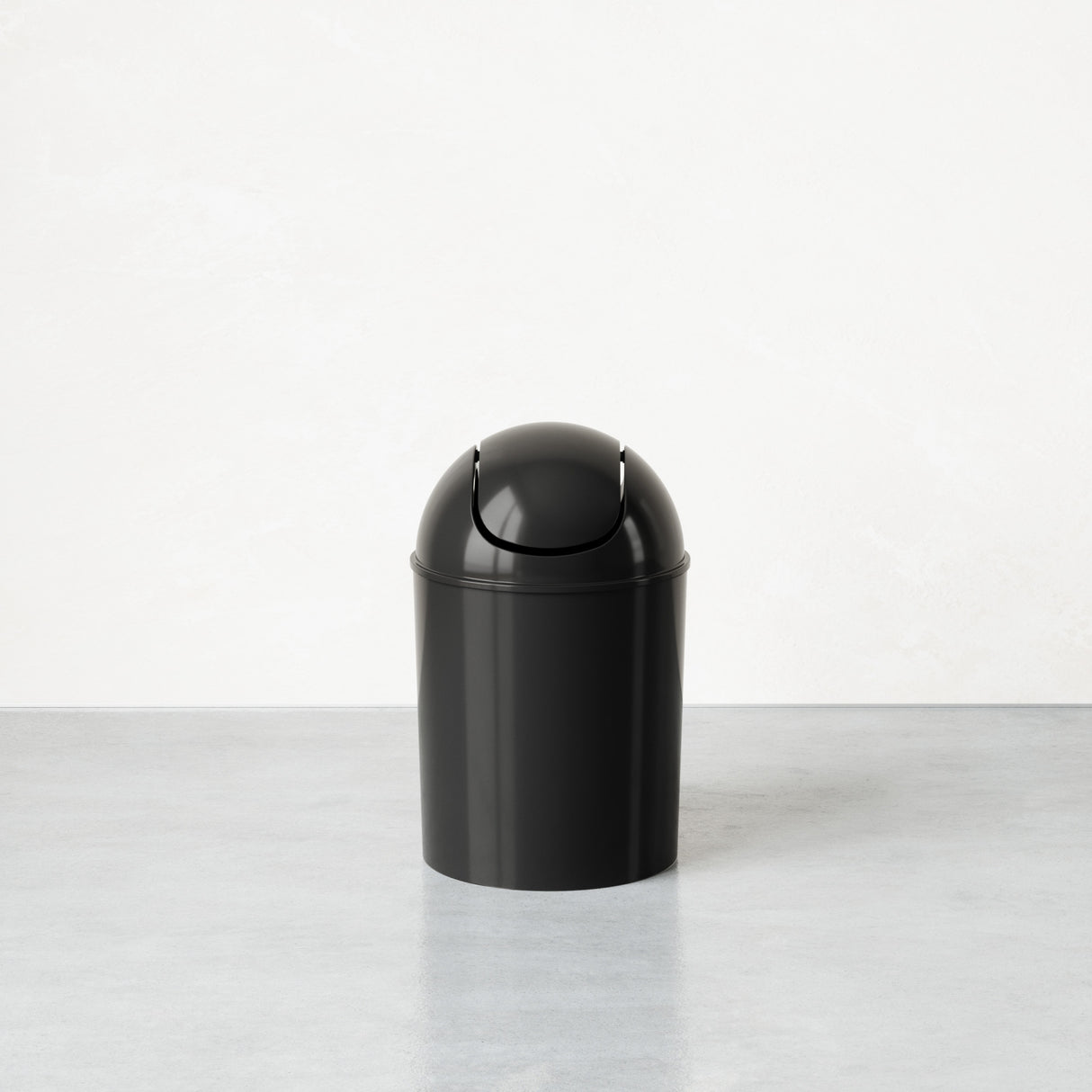

Home Maintenance Checklists
What Is The Best Estimate For The Volume Of A Small Trash Can
Modified: May 6, 2024
Discover the best estimate for the volume of a small trash can with our comprehensive home maintenance checklists. Keep your home tidy and organized effortlessly.
(Many of the links in this article redirect to a specific reviewed product. Your purchase of these products through affiliate links helps to generate commission for Storables.com, at no extra cost. Learn more)
Introduction
When it comes to managing household waste, having an accurate estimate of the volume of a small trash can is essential. Whether you are replacing your current trash can or trying to determine the appropriate size for a new one, understanding the volume of the container is crucial for efficient waste management.
The volume of a small trash can is a key factor in determining its capacity to hold a certain amount of waste. By having a clear estimate of its volume, you can ensure that the trash can meets your specific needs, whether it's for daily kitchen waste, bathroom trash, or general household rubbish.
In this comprehensive guide, we will delve into the various methods for estimating the volume of a small trash can. From understanding the dimensions of the trash can to employing mathematical formulas and practical techniques, this article will equip you with the knowledge to make an informed estimate of your small trash can's volume.
So, let's dive into the world of small trash cans and uncover the best methods for estimating their volume!
Key Takeaways:
- Understanding the dimensions and shape of a small trash can is crucial for estimating its volume accurately, ensuring it meets your household’s waste management needs.
- Mathematical formulas and practical techniques like water displacement provide structured and hands-on approaches to estimating the volume of a small trash can, empowering informed decisions for efficient waste management.
Read more: What Is A Trash Can
Understanding the Dimensions of a Small Trash Can
Before estimating the volume of a small trash can, it’s crucial to understand its dimensions. Small trash cans come in various shapes and sizes, and their dimensions play a significant role in determining their volume.
Typically, small trash cans are cylindrical or rectangular in shape. Cylindrical trash cans have a circular base and a curved surface, while rectangular trash cans have a box-like shape with four straight sides. Understanding the shape of your trash can is essential for accurately estimating its volume.
When examining the dimensions of a small trash can, you need to measure its height, diameter (if it’s cylindrical), and the length, width, and height (if it’s rectangular). These measurements provide the basis for calculating the volume of the trash can using various mathematical formulas and practical techniques.
Additionally, it’s important to consider the material of the trash can. Whether it’s made of plastic, metal, or another material, the thickness of the container’s walls can impact its internal volume. Thicker walls reduce the internal capacity, while thinner walls maximize the available space for waste.
Furthermore, some small trash cans come with features such as a lid, pedal-operated opening mechanism, or handles. These features can affect the overall dimensions and, consequently, the volume of the trash can. Taking these elements into account ensures a more precise estimation of the trash can’s capacity.
By understanding the dimensions, shape, and additional features of a small trash can, you can lay the groundwork for accurately estimating its volume. With this knowledge in mind, let’s explore the methods for estimating the volume of a small trash can in the following sections.
Methods for Estimating the Volume of a Small Trash Can
Estimating the volume of a small trash can can be approached through various methods, each offering unique insights into the container’s capacity. From mathematical formulas to practical techniques, these methods provide a comprehensive understanding of the trash can’s volume.
One of the primary methods for estimating volume involves utilizing mathematical formulas tailored to the shape of the trash can. For cylindrical trash cans, the formula for calculating the volume is based on the radius of the base and the height of the container. Meanwhile, rectangular trash cans require the multiplication of their length, width, and height to determine their volume. By employing these formulas, you can obtain precise estimates of the trash can’s capacity.
Another practical approach involves using water displacement to estimate the volume of a small trash can. This method entails filling the trash can with water and measuring the amount displaced. By subtracting the initial volume of water from the final volume, you can determine the trash can’s internal capacity. This technique is particularly useful for irregularly shaped trash cans or those without clearly defined dimensions.
Furthermore, visual estimation based on familiar objects can provide a quick approximation of a small trash can’s volume. Comparing the size of the trash can to everyday items, such as a standard bucket or a specific number of grocery bags, can offer a rough estimate of its capacity. While this method may not be as precise as mathematical calculations, it can serve as a convenient way to gauge the trash can’s volume at a glance.
Considering the diversity in small trash can designs and the availability of multiple estimation methods, it’s essential to select the approach that best suits the specific characteristics of the trash can in question. By exploring these methods, you can gain valuable insights into estimating the volume of a small trash can and make informed decisions regarding waste management in your household.
To estimate the volume of a small trash can, measure the length, width, and height in inches. Then, multiply the three measurements together to get the estimated volume in cubic inches.
Using Mathematical Formulas to Calculate Volume
Mathematical formulas provide a precise and structured approach to estimating the volume of a small trash can, taking into account its shape and dimensions. By applying the appropriate formula based on the trash can’s shape, you can calculate its volume with accuracy.
For cylindrical trash cans, the formula for calculating volume involves the use of the cylinder’s radius and height. The formula is V = πr2h, where V represents the volume, π (pi) is a constant approximately equal to 3.14159, r denotes the radius of the circular base, and h signifies the height of the cylinder. By substituting the radius and height into this formula, you can determine the volume of a cylindrical trash can with ease.
On the other hand, rectangular trash cans require a different approach to calculate their volume. The formula for the volume of a rectangular prism is V = lwh, where V represents the volume, l denotes the length, w signifies the width, and h represents the height of the rectangular container. By multiplying these dimensions together, you can obtain the volume of a rectangular trash can.
When using mathematical formulas to calculate volume, it’s crucial to ensure that the measurements are in the same unit, such as inches or centimeters, to maintain consistency and accuracy. Additionally, rounding the final volume to the nearest whole number or decimal place can provide a practical estimate for everyday use.
By employing mathematical formulas tailored to specific shapes, you can confidently estimate the volume of a small trash can, empowering you to make informed decisions regarding waste disposal and container selection. These formulas offer a structured and reliable method for calculating volume, ensuring that your trash can meets your household’s waste management needs with precision.
Estimating Volume Using Water Displacement
Water displacement offers a practical and hands-on method for estimating the volume of a small trash can, particularly when dealing with irregularly shaped containers or those lacking clearly defined dimensions. This technique involves filling the trash can with water and measuring the amount displaced to determine its internal capacity.
To estimate the volume using water displacement, begin by placing the small trash can in a larger container, such as a bathtub or a designated area outdoors. Ensure that the trash can is clean and free of any residual waste to obtain an accurate measurement. Next, slowly fill the trash can with water, taking care not to overflow it, until it is completely full.
As the trash can fills with water, the displaced water will overflow into the surrounding container. Once the trash can is full, carefully remove it from the larger container, allowing the excess water to remain. Measure the volume of the water remaining in the larger container using a measuring cup, pitcher, or marked increments on the container itself.
By subtracting the initial volume of water from the final volume, you can determine the volume of the small trash can. This method accounts for the irregular shape and dimensions of the container, providing a practical way to estimate its capacity without relying on specific measurements.
Water displacement is particularly useful for small trash cans that do not conform to standard shapes or have unique contours, as it offers a versatile approach to volume estimation. Additionally, this technique can be employed with minimal equipment, making it accessible for household use without the need for specialized tools.
By utilizing water displacement as a method for estimating volume, you can gain valuable insights into the capacity of a small trash can, enabling you to make informed decisions regarding waste disposal and container selection. This hands-on approach offers a practical and effective way to gauge the volume of a small trash can, contributing to efficient waste management in your household.
Read more: What Is A Trash Can Cinch
Conclusion
Estimating the volume of a small trash can is a fundamental aspect of efficient waste management in any household. By understanding the dimensions, shape, and features of the trash can, individuals can make informed decisions regarding its capacity and suitability for specific waste disposal needs.
Through the exploration of various methods for estimating volume, including mathematical formulas and practical techniques such as water displacement, individuals can gain valuable insights into the capacity of small trash cans. Mathematical formulas offer a structured and precise approach, taking into account the specific shape and dimensions of the container. Meanwhile, water displacement provides a practical and hands-on method, particularly useful for irregularly shaped trash cans or those lacking clearly defined measurements.
By leveraging these methods, individuals can confidently estimate the volume of a small trash can, ensuring that it aligns with their household’s waste management requirements. Whether it’s for kitchen waste, bathroom trash, or general household rubbish, having an accurate estimate of the trash can’s volume is essential for effective waste disposal and container selection.
Ultimately, the ability to estimate the volume of a small trash can empowers individuals to make informed choices, whether they are replacing an existing container or selecting a new one. By considering the dimensions, shape, and practical estimation methods, individuals can optimize their waste management practices and contribute to a cleaner and more organized living environment.
With a clear understanding of the best methods for estimating the volume of a small trash can, individuals can approach waste management with confidence, ensuring that their household’s needs are met effectively and efficiently.
Now that you've got a handle on estimating trash can volumes, why not find out which trash can size fits your home and kitchen perfectly? Keeping spaces tidy is a breeze with the right tools. On another note, if you're looking to streamline clutter even further, consider the best fabric storage cubes for enhancing home organization. These handy solutions transform chaos into order, making every square inch count in your living space.
Frequently Asked Questions about What Is The Best Estimate For The Volume Of A Small Trash Can
Was this page helpful?
At Storables.com, we guarantee accurate and reliable information. Our content, validated by Expert Board Contributors, is crafted following stringent Editorial Policies. We're committed to providing you with well-researched, expert-backed insights for all your informational needs.
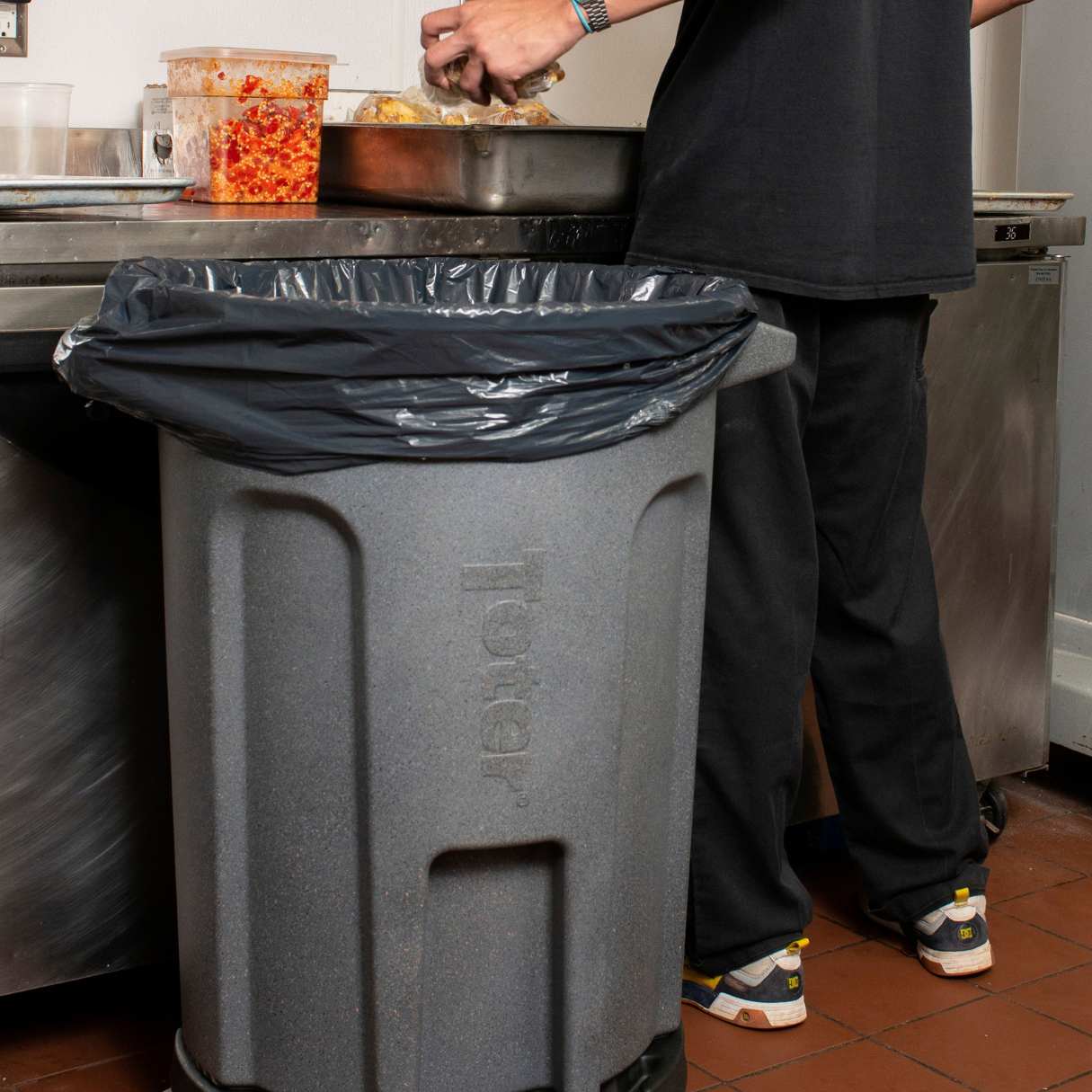
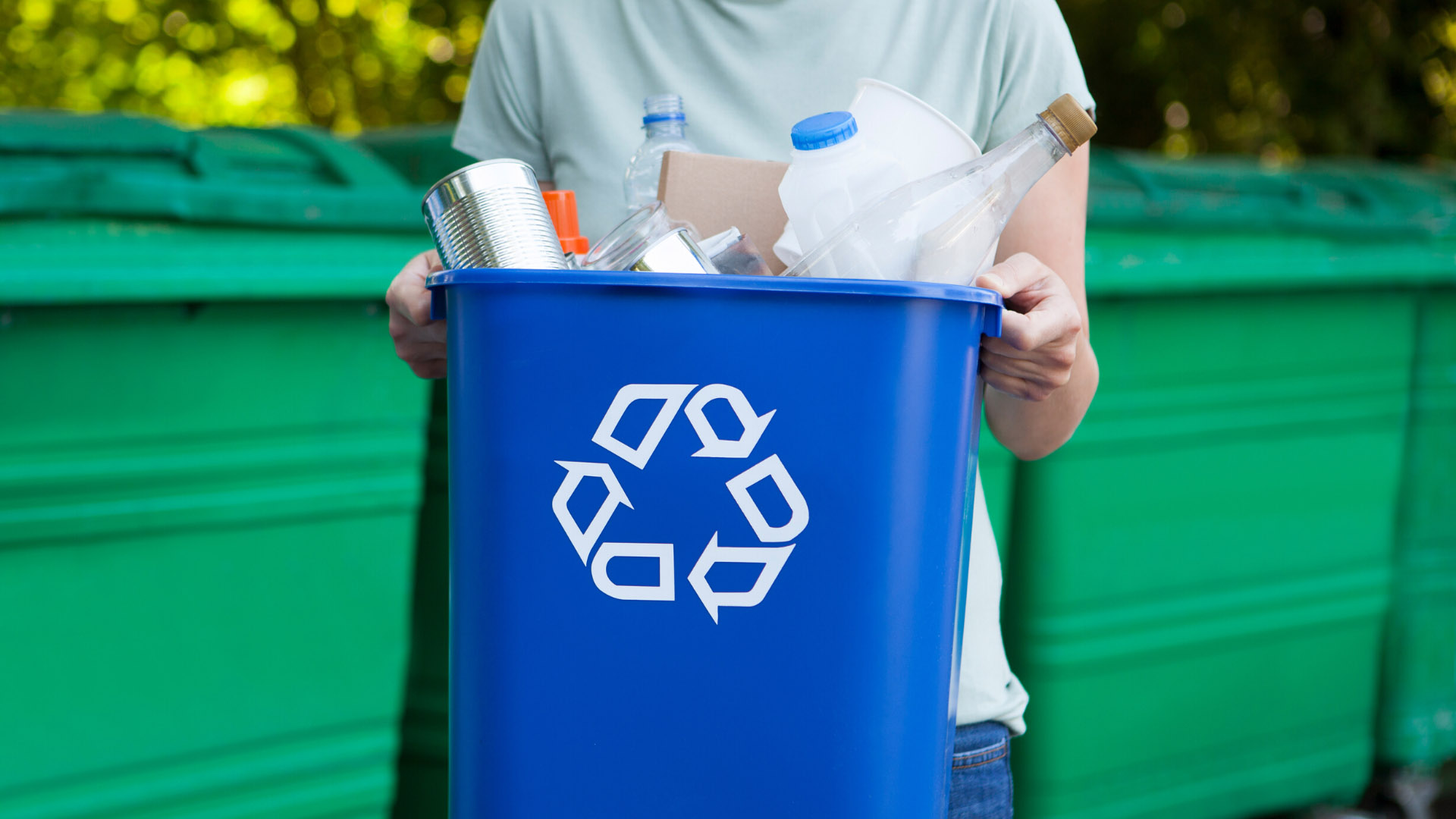
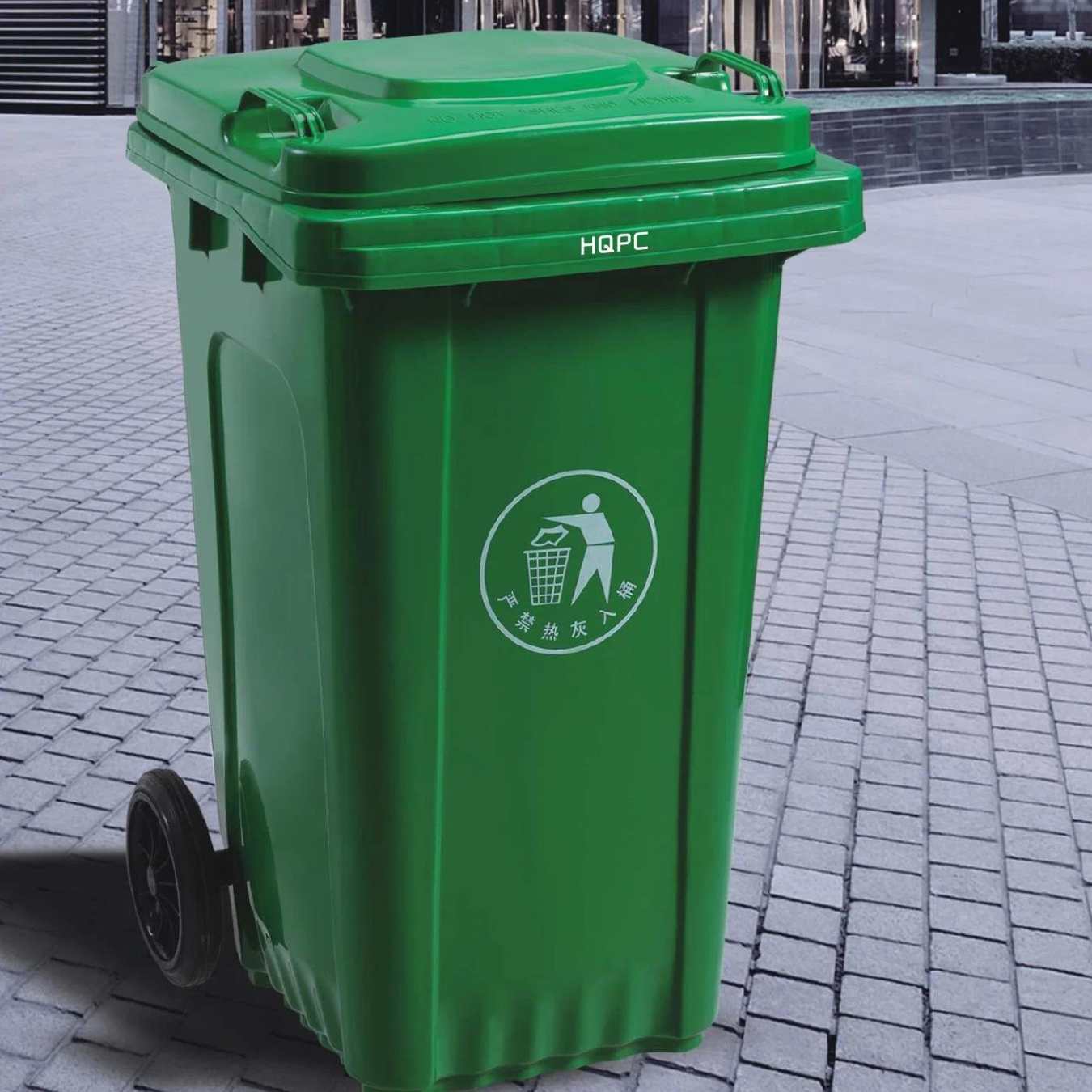
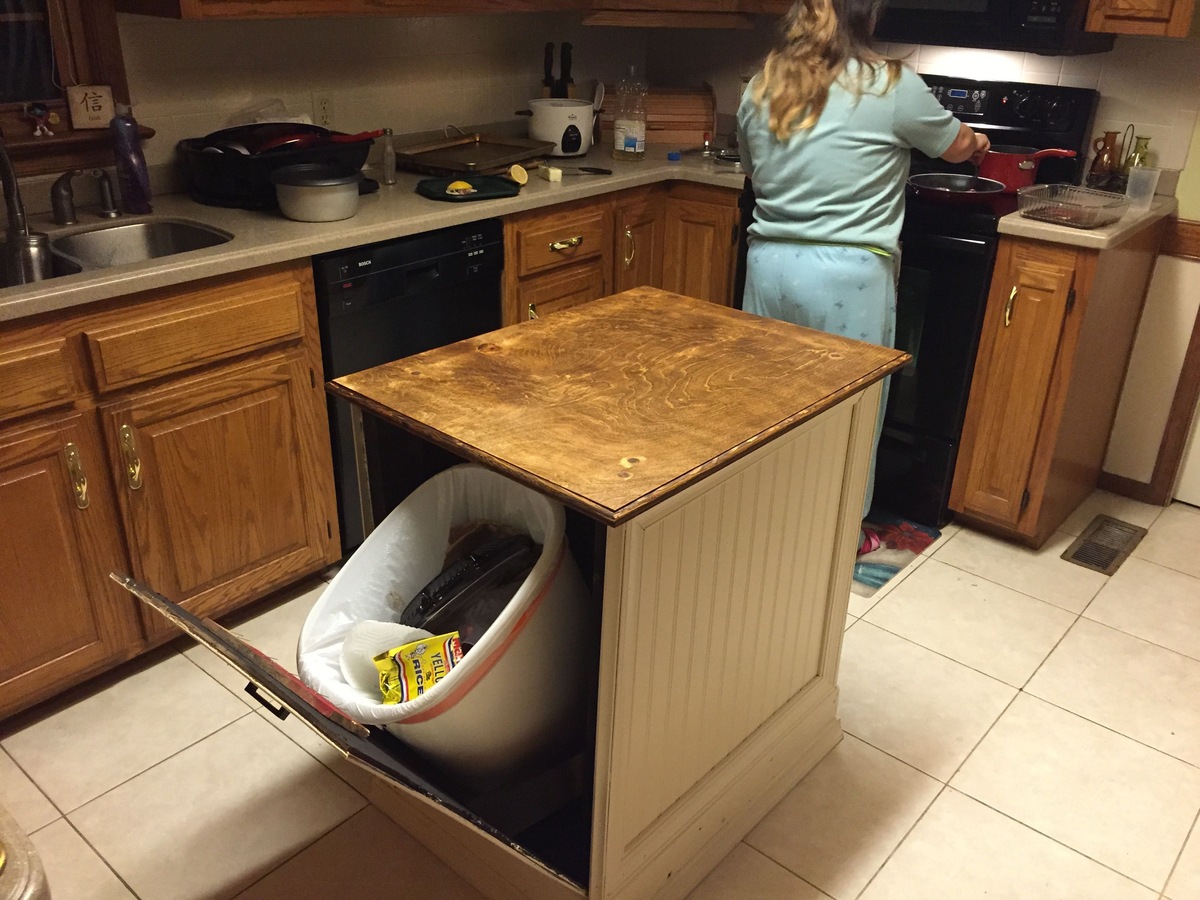
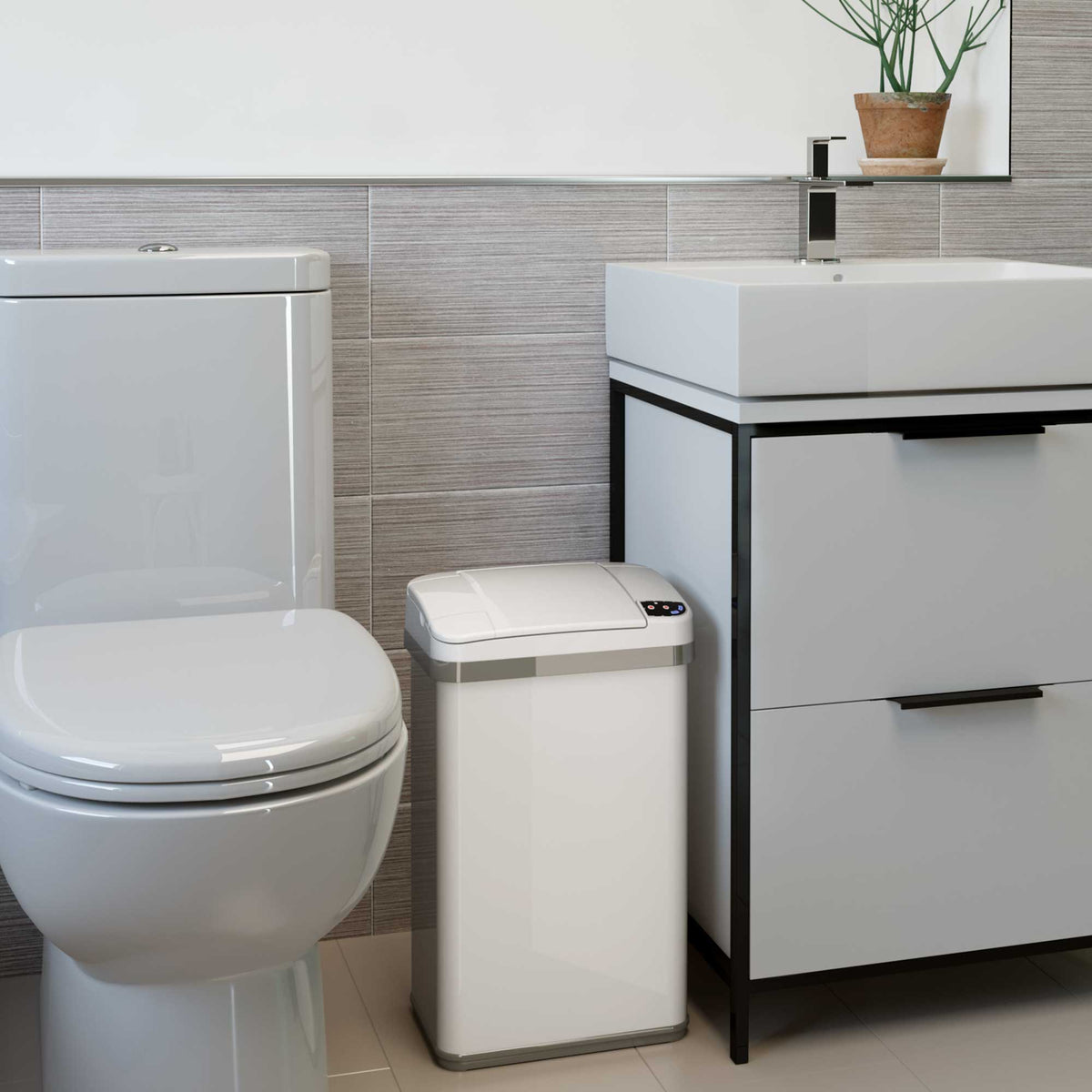
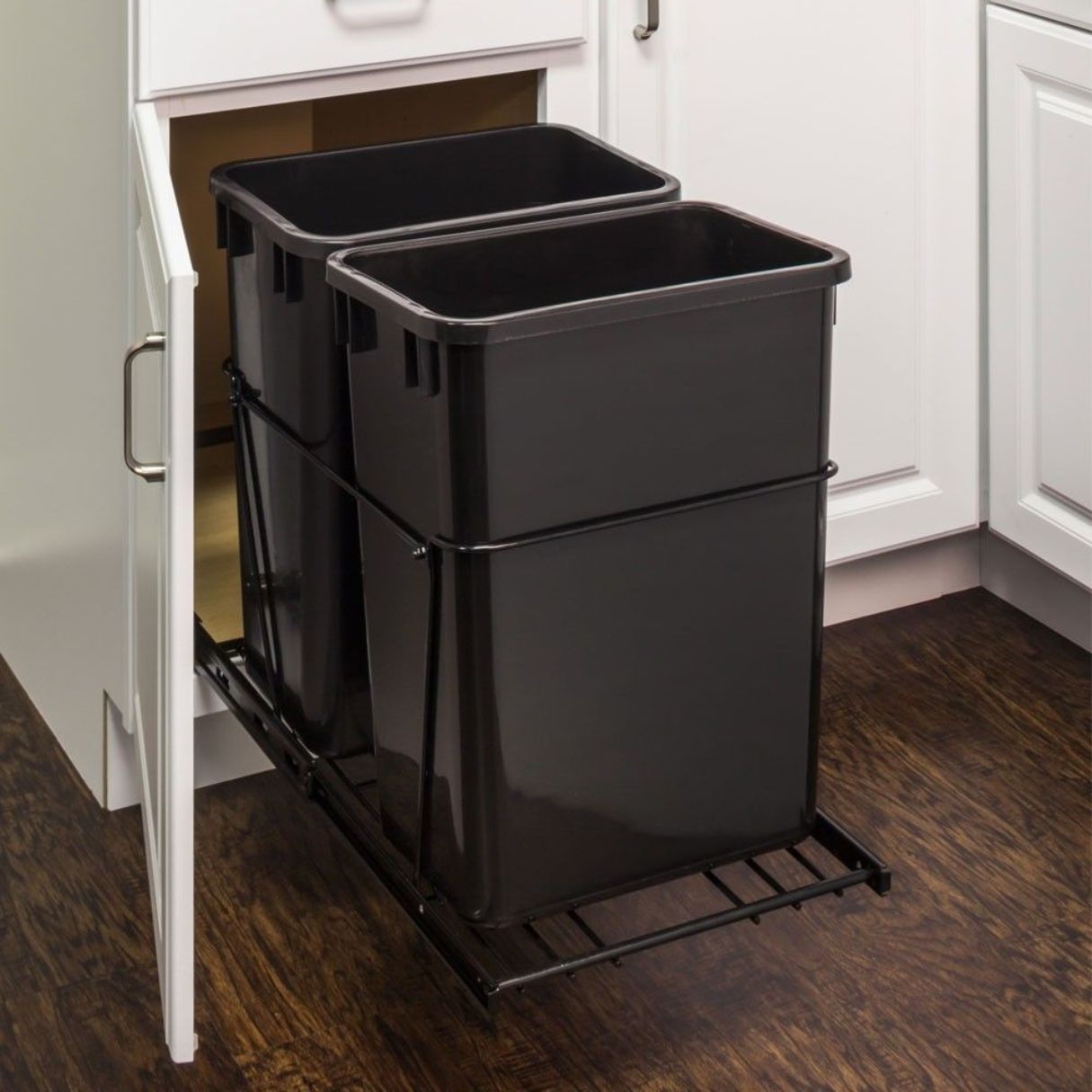
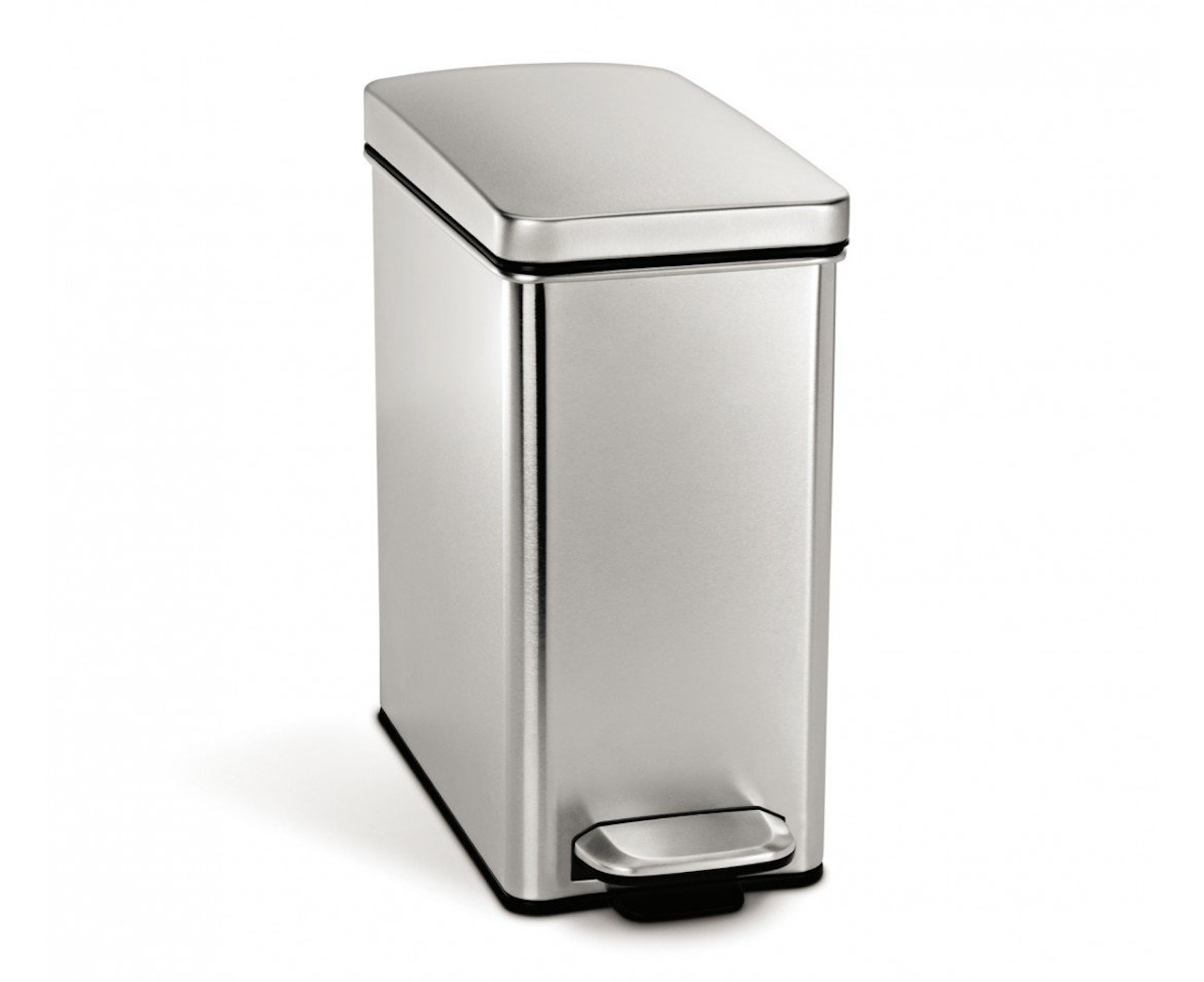

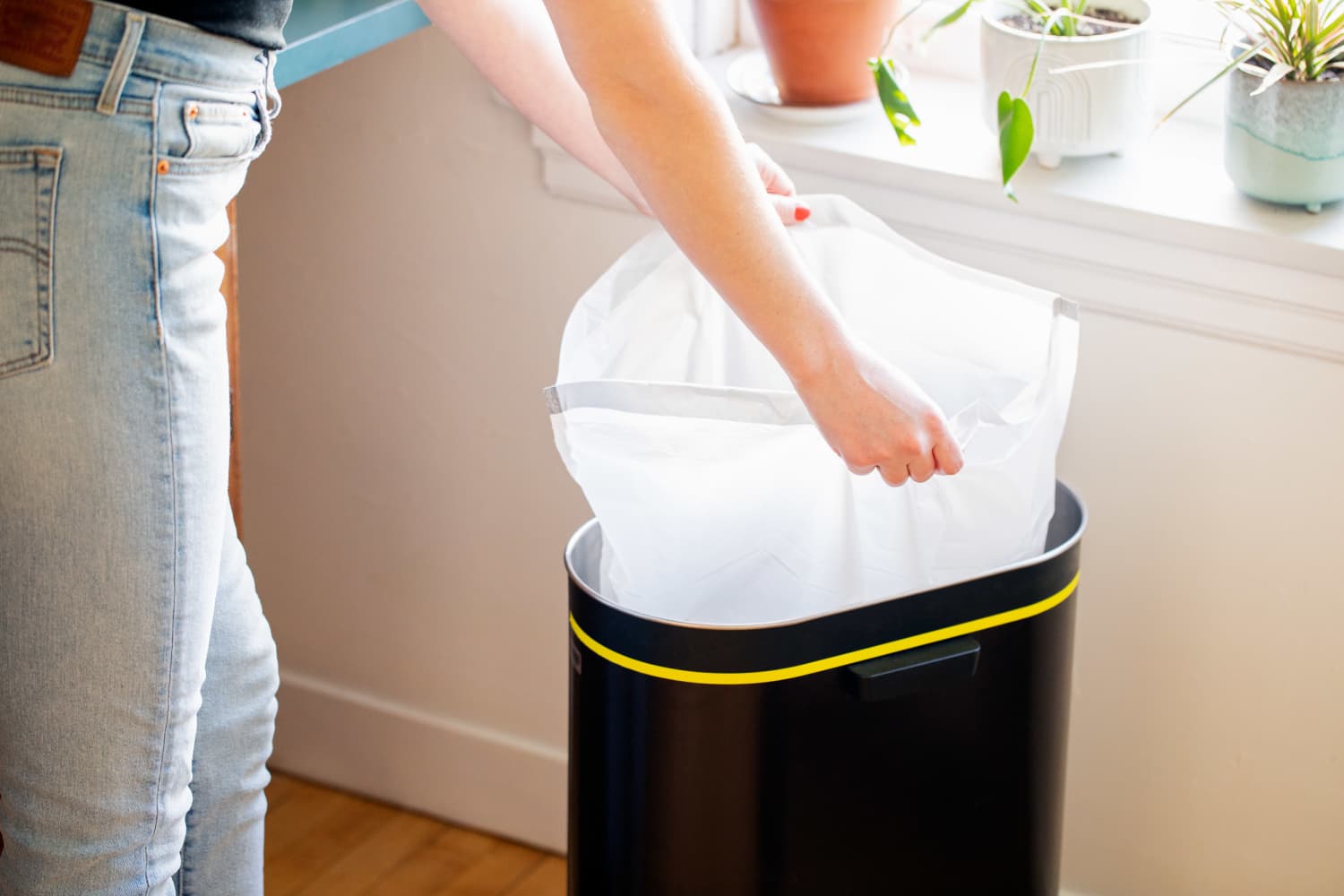
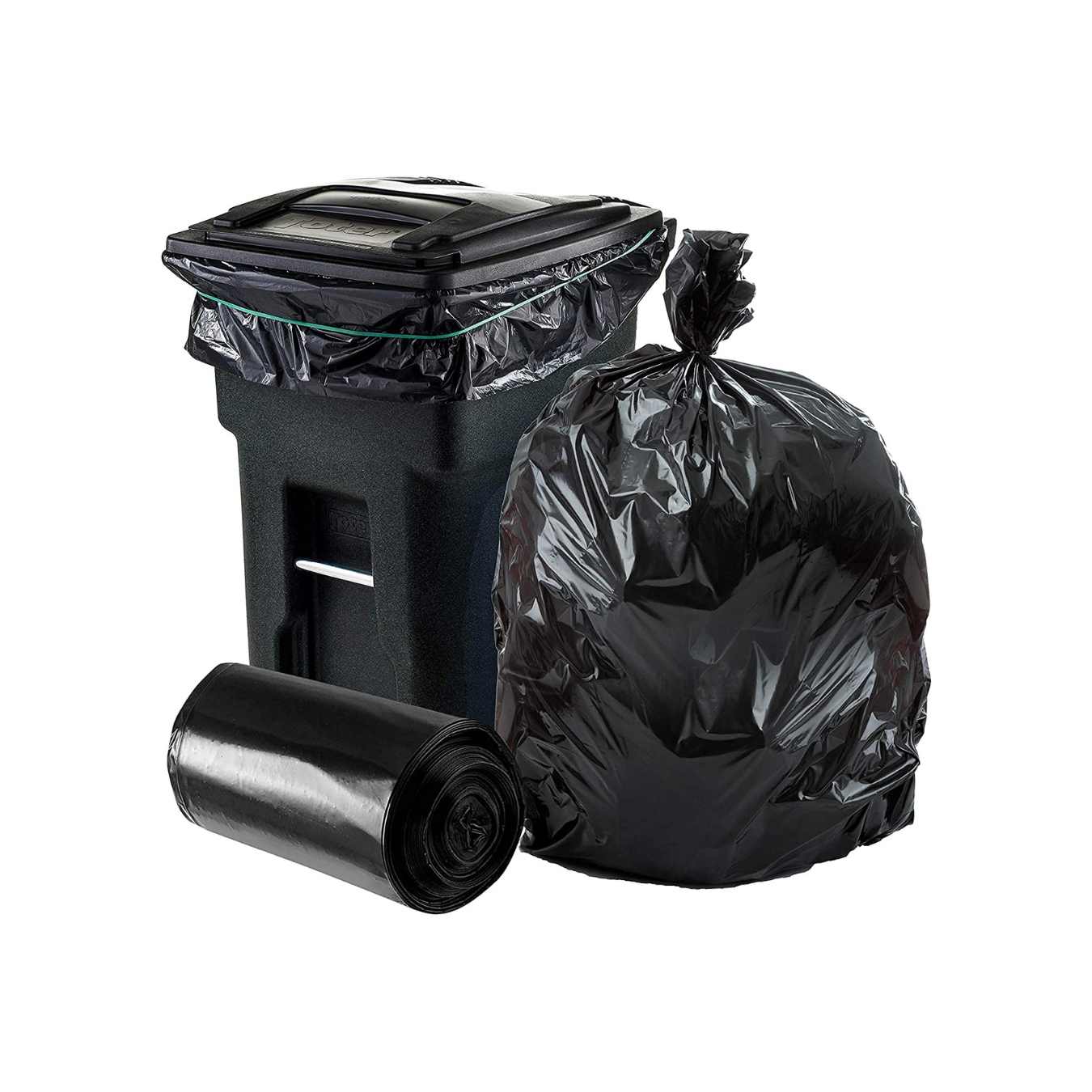

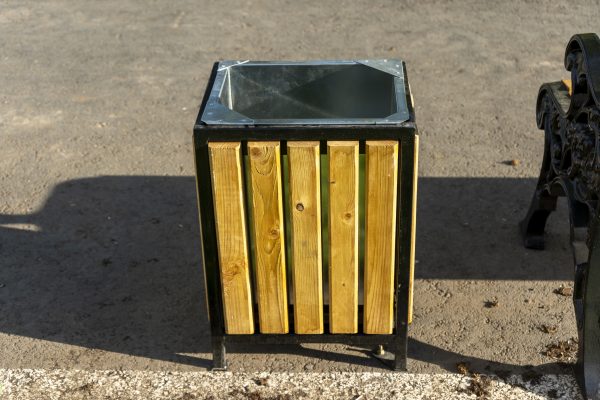
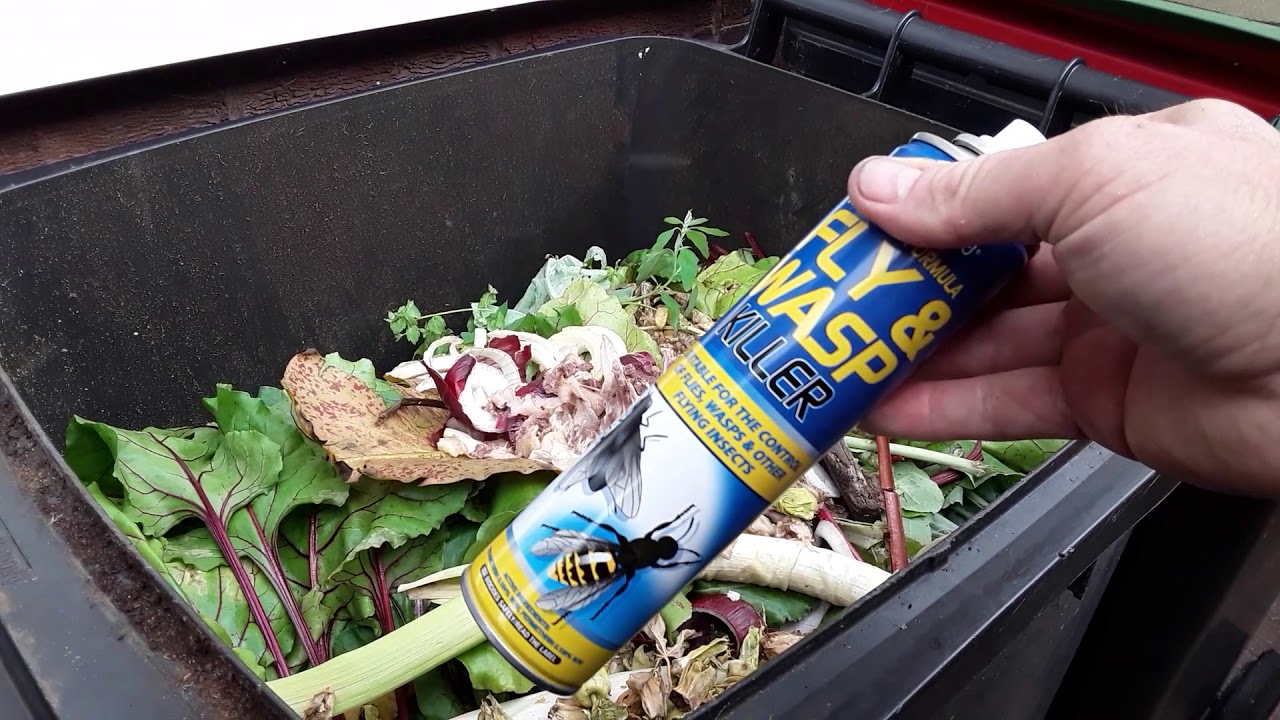


0 thoughts on “What Is The Best Estimate For The Volume Of A Small Trash Can”